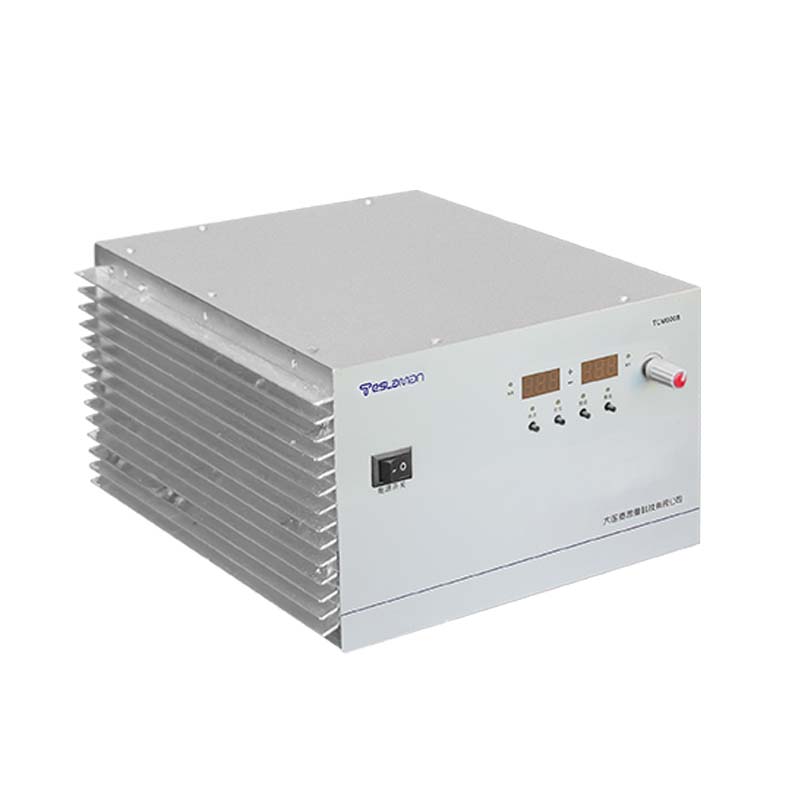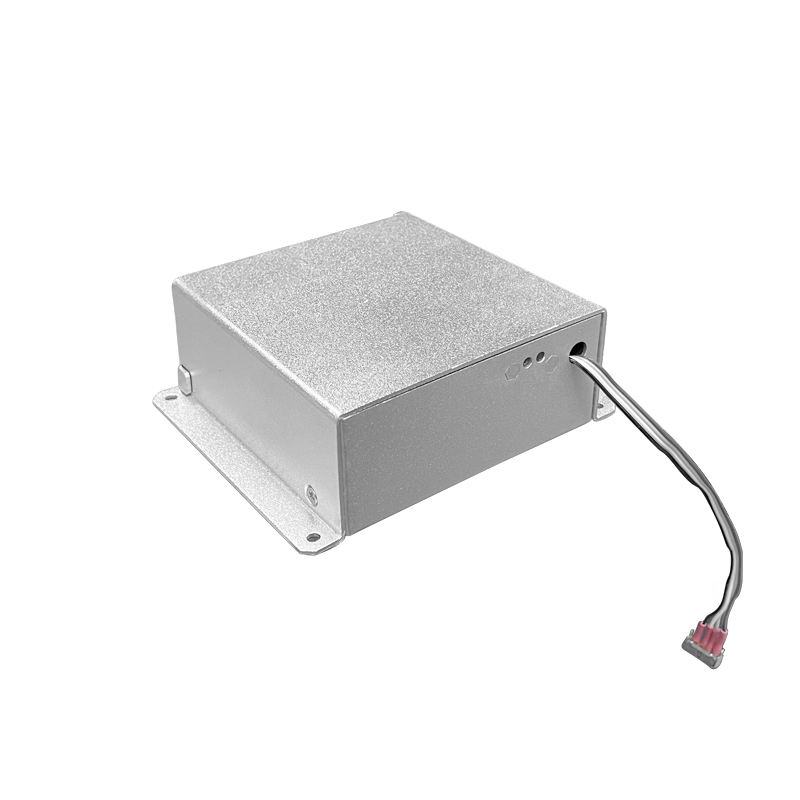Research on Transient Overshoot Suppression in High-Voltage Power Supplies for Electrostatic Chucks
In semiconductor manufacturing and precision instrument processing, electrostatic chucks (ESCs) utilize high-voltage electrostatic adsorption to achieve mechanical-contact-free fixation of wafers or workpieces. The stability of their core driving component—the high-voltage power supply—directly determines process accuracy and equipment safety. However, transient voltage overshoot (peaking at several kilovolts) can occur during startup/shutdown, sudden load changes, or external interference, potentially damaging the chuck's insulation layer and causing wafer adsorption failure or even breakdown incidents. Thus, suppressing transient overshoot has become a critical challenge in high-voltage power supply design.
I. Mechanisms and Hazards of Transient Overshoot
Transient overshoot primarily arises from two factors:
1. Power Supply Dynamic Response: The capacitive nature of ESCs (typically 1–100 nF) leads to LC oscillations between the output capacitance and line inductance during rapid switching, resulting in voltage peaks exceeding set values. Experiments show that a 1-meter cable (≈1 μH inductance) with a 10 nF load capacitor can generate oscillations twice the input voltage under a 12V step input.
2. External Electromagnetic Interference (EMI): Switching of inductive loads (e.g., relays, motors) in semiconductor equipment generates Electrical Fast Transient (EFT) pulses, with rise times in nanoseconds and spectra spanning kHz–MHz. These interfere via conduction or radiation coupling.
Although transient energy is low, high-voltage amplitudes accelerate dielectric aging of ESCs and reduce insulation life; severe cases may cause arcing, melting the chuck's surface electrodes.
II. Multi-Dimensional Transient Suppression Techniques
1. Component-Level: Selection and Integration of Transient Suppressors
• TVS Diodes: As primary protection, TVS clamps overvoltage to safe thresholds (e.g., 19V clamping suppresses 20V spikes from 12V input). Bidirectional TVS suits AC/pulse scenarios, absorbing kilowatt-level transient power via avalanche breakdown.
• MOVs and Gas Discharge Tubes (GDTs): MOVs serve as secondary protection for higher surge currents but respond slower (microseconds); GDTs handle lightning-level kilovolt surges. A tiered network—TVS (front-end clamping) + MOV (energy dissipation) + GDT (high-voltage isolation)—enhances robustness.
• RC Damping Circuits: Parallel RC networks (typical R=1–2 kΩ, C=2.2–4.7 μF) at outputs suppress LC resonance by resistive energy dissipation and capacitive high-frequency absorption.
2. Control-Level: Soft-Start and Closed-Loop Optimization
• Voltage Slew Rate Control: Soft-start functionality gradually increases output voltage (e.g., 100 V/ms) to prevent step-induced transients. Extending startup time to milliseconds significantly suppresses overshoot in capacitive loads.
• Adaptive PID Control: Real-time load current monitoring dynamically adjusts PID parameters. For instance, during load transients, increasing integral term weight reduces overshoot, while feedforward compensation offsets capacitive current delay.
3. Circuit Design-Level: Layout and Filtering Enhancements
• Critical PCB Design
• Multilayer boards with dedicated power/ground layers shorten high-voltage traces and avoid sharp bends to minimize impedance discontinuity.
• Isolate sensitive signal lines from power routes and add ground guard rings around clock circuits.
• Safety clearances and creepage distances must comply with high-voltage standards (e.g., IEC 61010), e.g., >1.5 mm gap for 1 kV.
• EMI Filtering: π-filters (common-mode chokes + X/Y capacitors) at inputs suppress EFT. Ferrite beads should match high-frequency impedance (e.g., 1 kΩ at 2 MHz) and be placed near noise sources.
III. Validation and Industry Trends
Suppression efficacy requires double-pulse testing and EFT immunity validation. Key metrics include ≥80% peak overshoot attenuation and ≤1 μs oscillation duration. Current trends focus on intelligent integrated protection modules, such as combining OVP switches (>28V tolerance) with TVS in single chips for sustained overvoltage shutdown and nanosecond clamping.
Conclusion
Transient overshoot suppression in ESC high-voltage power supplies demands a holistic component-control-layout strategy: tiered TVS/MOV protection absorbs transient energy; soft-start and adaptive algorithms optimize dynamics; PCB layout and filtering block interference propagation. With the adoption of wide-bandgap semiconductors, future designs will integrate real-time monitoring for zero-overshoot operation, ensuring ultra-reliable ESC performance.




















